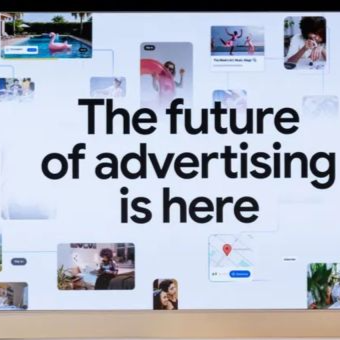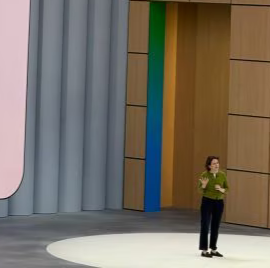A New Era for Advertising in AI Search
Google’s flagship event, Marketing Live 2025, held shortly after the I/O developer conference, showcased the company’s intensified push into AI-powered advertising. One of the event’s key announcements was the official rollout of ads directly within AI Mode and the expansion of ads into AI Overviews—Google’s AI-generated summaries shown atop traditional search results.
This move solidifies the company’s vision of blending machine learning and monetization, while maintaining user engagement and business relevance.
What Is AI Mode and AI Overviews?
- AI Mode is a newly introduced feature where users can ask complex questions and receive a conversational, AI-generated response. This mode lives in a separate tab, offering an end-to-end AI search experience distinct from traditional search results.
- AI Overviews, on the other hand, are AI-generated summaries that appear at the top of regular search results. They serve as concise information blocks, offering users a quick overview of search topics without the need to scroll through links.
Now, both platforms are being enhanced with contextually relevant ads, which are designed to appear within or just below AI responses, labeled as "Sponsored" to maintain transparency.
Why Is Google Making This Move?
Google’s advertising business remains its core revenue driver, contributing over $66.89 billion in Q1 2025. As user behavior shifts toward conversational search, Google is aligning its advertising strategy with this evolution.
According to Google, internal data shows that users are responding positively to AI-integrated ads, finding them timely and relevant for decision-making. By placing ads next to AI answers, businesses are more likely to connect with users in critical micro-moments of intent.
Where Will the Ads Appear?
In AI Mode:
- Ads will be “integrated” within or shown just below the AI-generated answers.
- They will match the context of the user’s query and intent, promoting relevant services or products.
- Users will still have the ability to interact with links or refine their queries.
In AI Overviews:
- Ads will be displayed within the summary section, when deemed relevant.
- These are labeled clearly and designed not to disrupt the informational flow.
A Strategic Response to Competitive Pressure
Google's pivot comes amid increasing competition from OpenAI, Microsoft, and Perplexity, all exploring AI-integrated monetization models. Each is experimenting with ads in generative interfaces, seeking to strike a balance between AI utility and commercial viability.
Regulatory and Publisher Pushback
However, the shift is not without challenges. Critics, particularly publishers and content creators, warn that AI summaries could reduce organic traffic, threatening their ad revenue and visibility. Simultaneously, Google is navigating two major antitrust lawsuits in the US for allegedly monopolizing digital advertising and search markets.
Should courts order structural remedies, Google’s search-ad ecosystem might face a forced breakup, a development with deep implications for AI-driven ad formats.
SEO & Marketing Implications
This new model is poised to reshape SEO strategies, search intent targeting, and content marketing. Brands and advertisers must rethink their AI-era advertising playbook, focusing on how to stay discoverable and relevant within AI-generated content.
Key SEO keywords now include:
- AI-powered search advertising
- Google AI Mode ads
- Ads in AI Overviews
- Conversational search monetization
- Sponsored results in generative search
- AI-driven marketing 2025
What’s Next?
As Google continues expanding access to AI search experiences, advertisers and marketers can expect more experimentation with formats, placement, and personalization. The platform’s evolution marks a critical juncture in the intersection of AI, user intent, and monetization.
Google’s strategy reflects a broader industry trend: AI is not just a tool for better answers, but also a new canvas for digital marketing.
Source:indianexpressChat GPT






